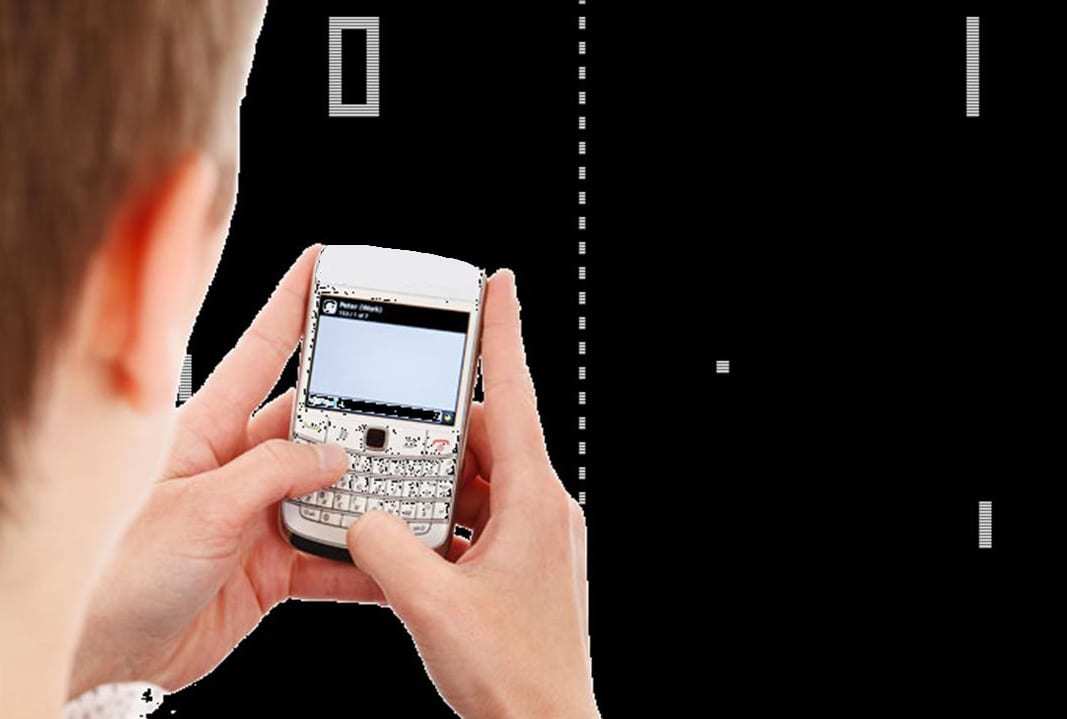 The old but always popular video game has come a long way and has crossed into new technology.
The old but always popular video game has come a long way and has crossed into new technology.
Just in time to celebrate the 40th birthday of the famous and every loved video game called Pong, a new version of the game has been released that will allow smartphone users to play using augmented reality technology.
The game’s release is already making mobile news and has cult followers very excited.
The game itself was exceptionally basic, made up of sticks and dots on a black screen. The earliest version of digital table tennis has now been fused with some of the latest gaming technologies to bring it back into use in style. The game is expected to be quite popular and highly downloaded among smartphone users.
The augmented reality Pong game was created in the Netherlands by Sander Veerhof.
This Pong in augmented reality is meant to celebrate forty years since the original was first released. It was reconstructed entirely from scratch and was designed as a Layar plugin. Today’s redesigned game doesn’t look anything like the basic version that was originally played four decades ago.
This time, the game has become much more involved and the scope a considerable amount wider. In fact, it has been broadened on a global scale. Pong can now be played in the “real” world, no matter where a user happens to be around the globe. It uses the field of view from the device camera and senses where opponents are present within real life.
This will make the game much more playable in urban centers, as it will rely on finding other smartphone users with the augmented reality game installed and ready to play. That said, friends and family members will surely be installing so that they can challenge one another.
The game itself, while played in augmented reality, is actually noticeably slower than the original Pong game, but the premise is the same. It brings together the nostalgia of yesterday’s fun but basic games with the complex cutting edge mobile technology that is coming into the mainstream among today’s smartphone and tablet users.
